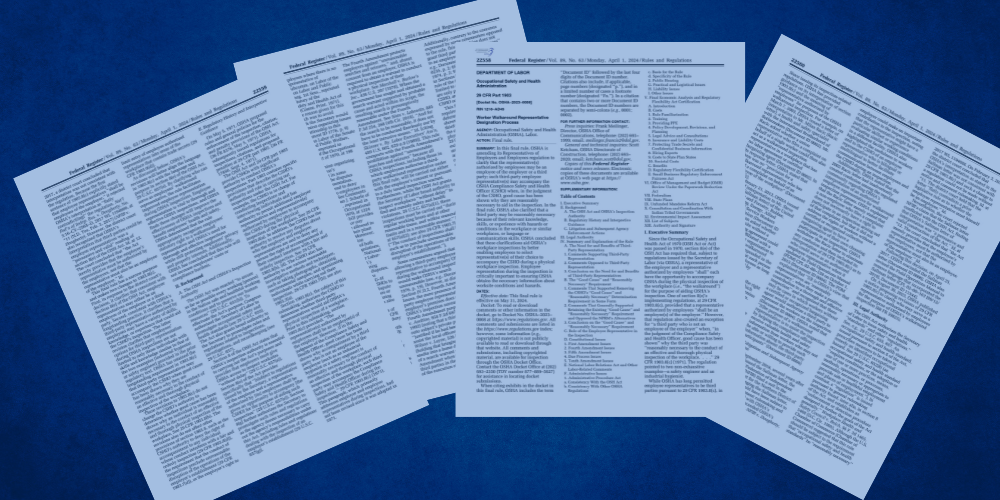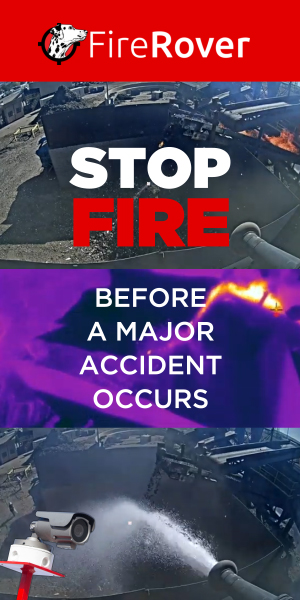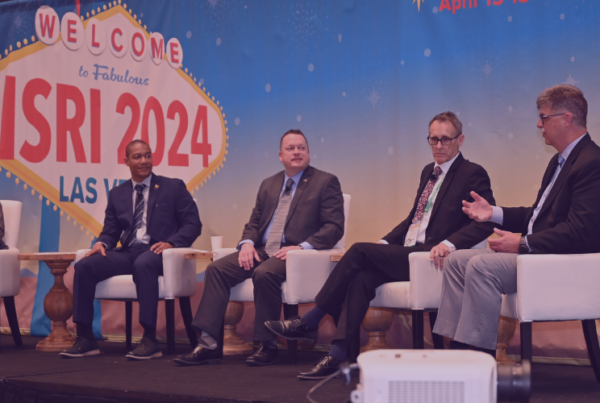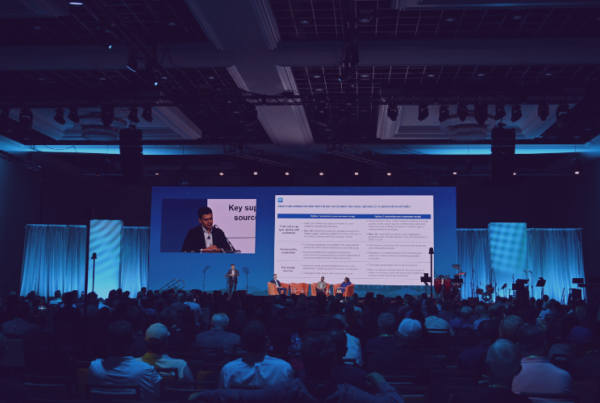On April 1, the Occupational Safety and Health Administration (OSHA) unveiled its Final Worker Walkaround Representative Designation Process Rule, also known as the Worker Walkaround Rule. Set to take effect on May 31, 2024, this regulation significantly broadens the scope of who may participate in the walkaround phase of OSHA’s workplace inspections.
For decades, only employees of the employer were permitted to accompany OSHA compliance safety and health officers (CSHO) during workplace inspections. This was occasionally extended to third-party individuals with technical expertise, such as an industrial hygienist or safety engineers. However, the interpretation of this regulation has fluctuated with political shifts. For instance, in 2013 the Obama administration pushed to allow union representatives authority to participate in inspections at non-union workplaces, a move that faced industry challenge, and which was later rescinded by the Trump administration in 2017.
The new regulations published by the Biden administration undo the previous administration’s rescission, allowing employees of an employer to authorize third-party representatives’ accompaniment on walkarounds, and expanding the criteria which makes that accompaniment “reasonably necessary.” The decision to allow a third-party representative is at discretion of the CSHO, who will assess if the representative can make a “positive contribution” to a thorough and effective inspection. Factors for consideration include relevant knowledge, expertise, experience with similar workplace hazards, or language and communication skills. This move, as stated by the Biden administration, aims to clarify “the right of workers and certified bargaining units to specify a worker or union representative to accompany an OSHA inspector.”
While the rulemaking is likely to be challenged, the expanded criteria raise concerns about potential misuse by actors choosing to advance agendas which may be unrelated to OSHA’s core mission of ensuring workplace safety. With the effective date nearing, ISRI members should familiarize themselves with the revised framework. OSHA’s published FAQs offer insights on various aspects of the rulemaking can assist in answering the following questions and more:
- Can a walkaround representative accompany the CSHO in all aspects of the inspection?
- What type of walkaround representative behavior could be disruptive to an inspection?
- Can a 3rd party asserting representative status be denied access to the walkaround?
- Can the employee or the employer object to a walkaround representative?
- Will CSHOS vet a third-party representative’s qualifications?
- Can an employer impose its worksite rules and policies on a third-party representative?
In preparing for OSHA inspections under these new requirements, ISRI members may want to consider the following:
- Review current protocols and procedures for handling an OSHA inspection.
- Consider the legitimacy and credentials of any third-party representative – it may be prudent to require background checks or waivers to mitigate potential liability risks.
- If you have counsel, you may wish to request that counsel be present for walkarounds.
ISRI upholds an unwavering commitment to safety, offering a wide array of services and programs to our members including on-site training and safety resources – to access those visit ISRI’s webpage here. Stay tuned as ISRI works to provide up-to-date guidance as the realities of this rulemaking unfold.










